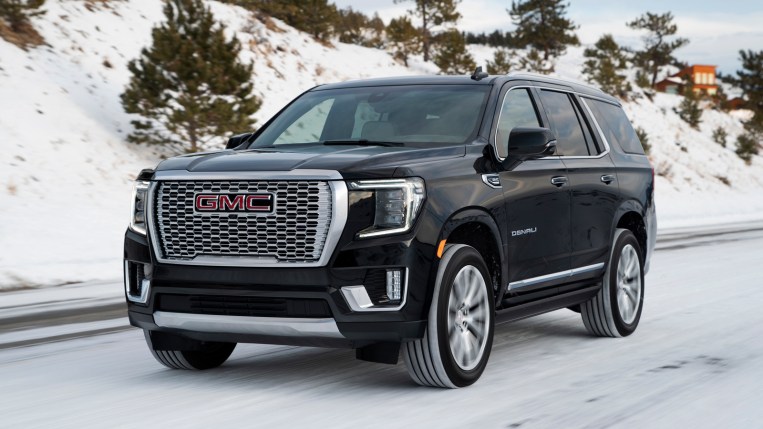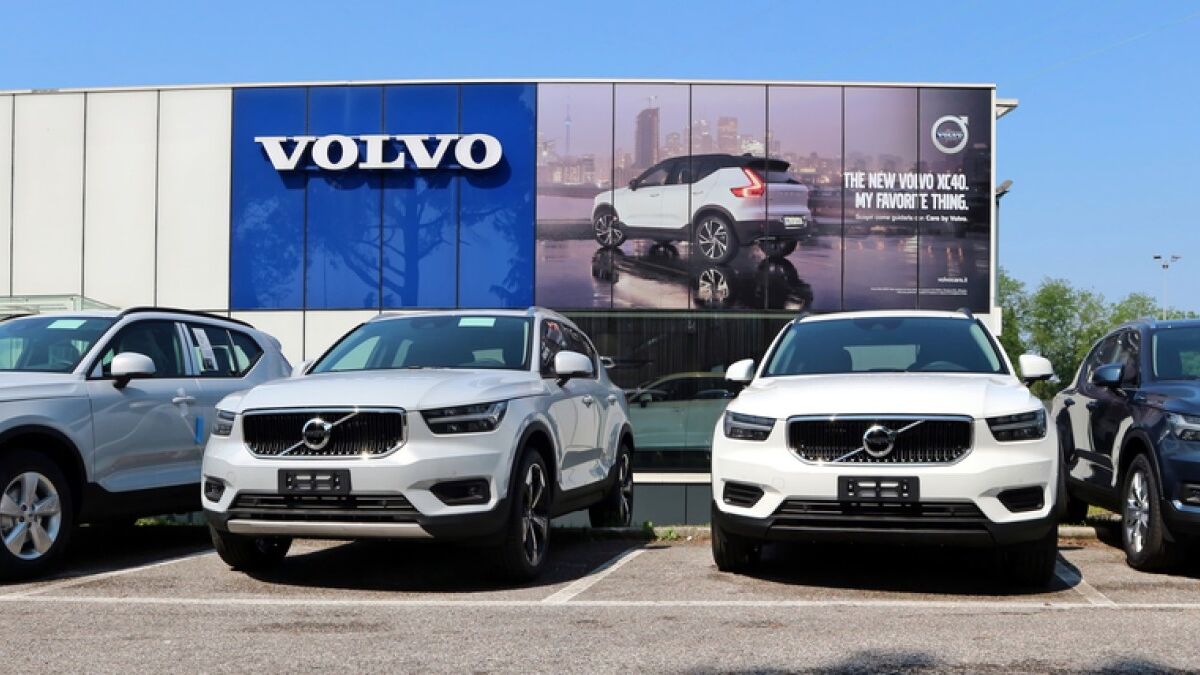
Sales Down Across the Industry
General Motors, Honda, Nissan, and Stellantis (the parent company of Chrysler, Dodge, and Jeep, among other brands) all reported significant sales declines in the three-month period that ended in September.
GM’s sales were down 33% from the same three months in 2020 – a time when the COVID-19 pandemic was keeping Americans home and auto sales low. According to Automotive News, the company is on pace for its worst sales year since the late 1950s.
But there’s nothing unique about GM’s situation. Honda’s sales were down 11% for the quarter and nearly 25% for the month of September. Stellantis reported a drop of nearly 20%. Nissan sales fell off by 10%.
Toyota posted sales growth of 1% for the quarter but isn’t immune from market forces. The company’s sales declined 22% in September.
Microchip Shortage to Blame
The culprit? A worldwide shortage of microchips. New cars contain dozens of the tiny processors, which are vital to everything from engine timing to Bluetooth connections. Automakers have been forced to slow or pause production of many models because they cannot get the chips they need to build them.
“After a strong spring selling season, the supply situation has worsened precipitously and is dragging sales down with it,” says Cox Automotive Senior Economist Charlie Chesbrough. “Available supply on dealer lots is now 58% lower than last September, down nearly 1.4 million units,” he added. Cox Automotive is the parent company of Kelley Blue Book.
Buyers Not the Problem
Finding buyers hasn’t been a problem. In a statement to investors, GM Chief Economist Elaine Buckberg explained, “Underlying demand conditions remain strong, thanks to ample job openings, growing pent-up vehicle demand, and excess savings accumulated by many households during the pandemic.”
Analysts say the microchip shortage may not ease until late next year. Production will likely fluctuate as automakers struggle to find a consistent stream of the needed parts.
GM, for its part, expects to have most of its North American production back online this month. “We look forward to a more stable operating environment through the fall,” said Steve Carlisle, president of GM’s North American operations.







